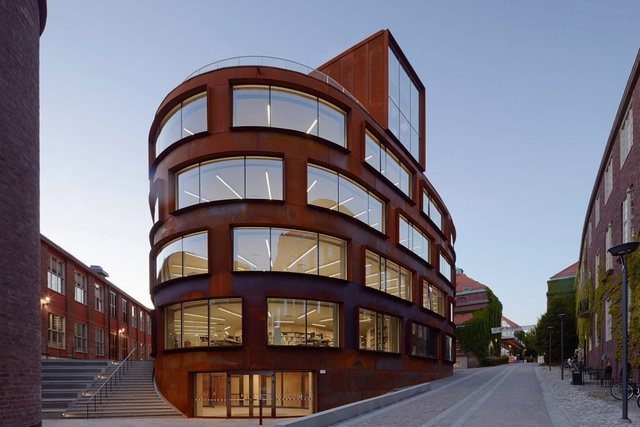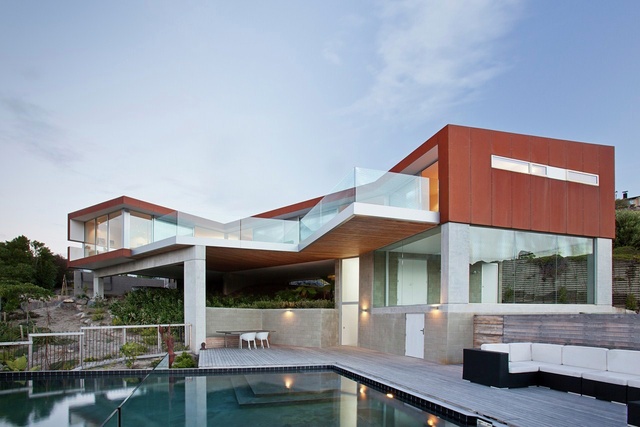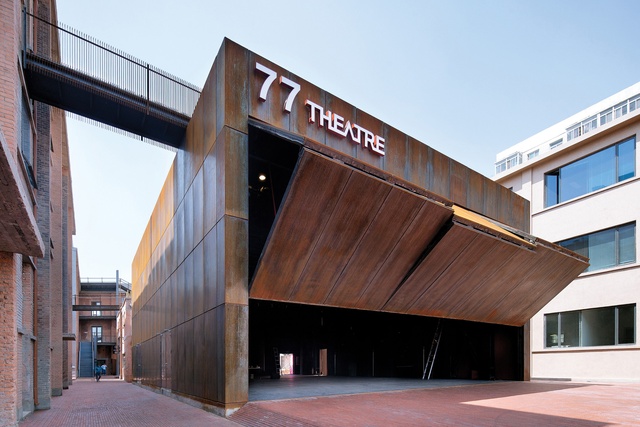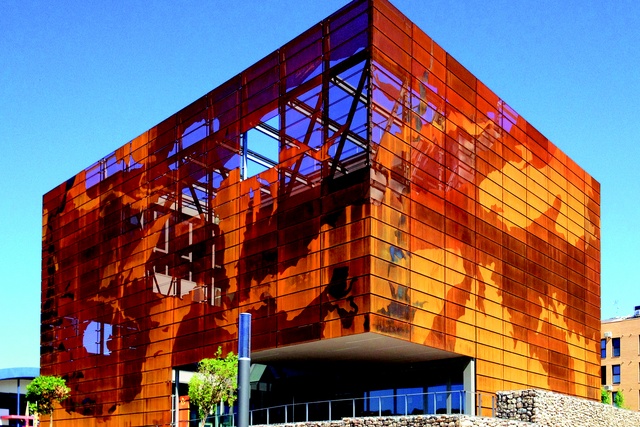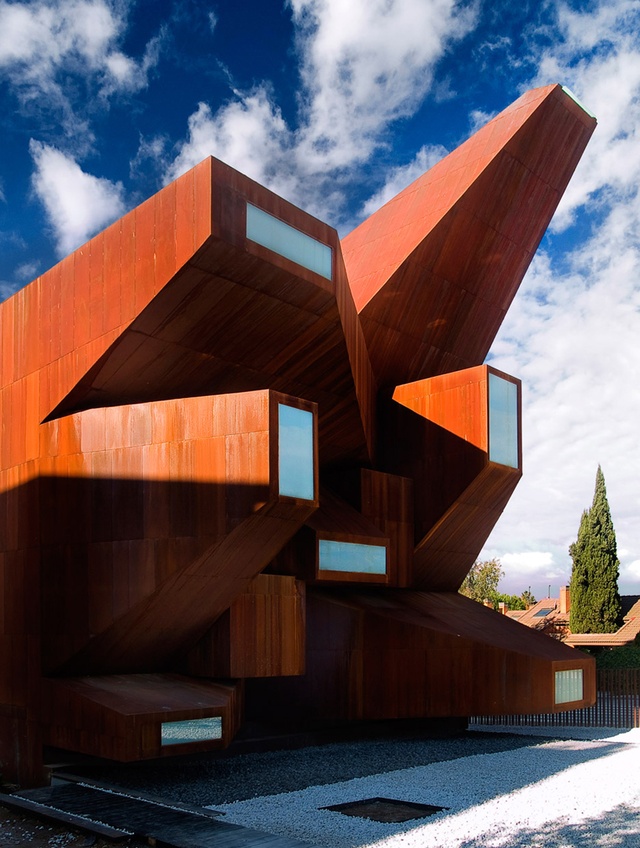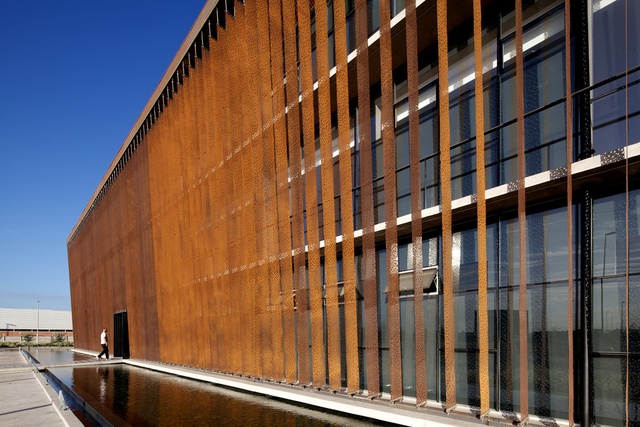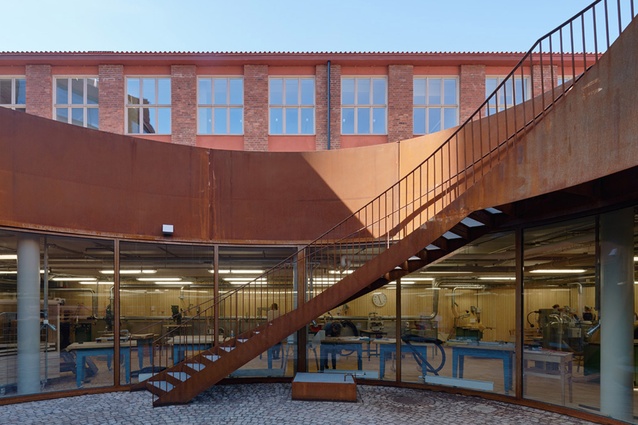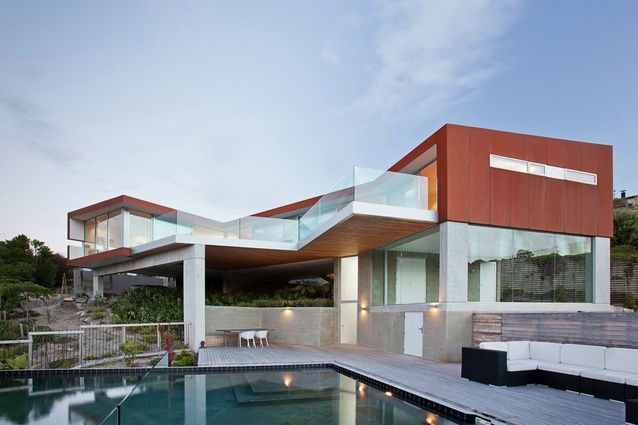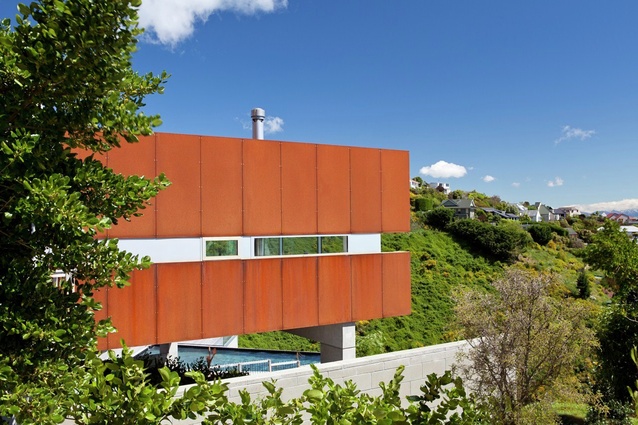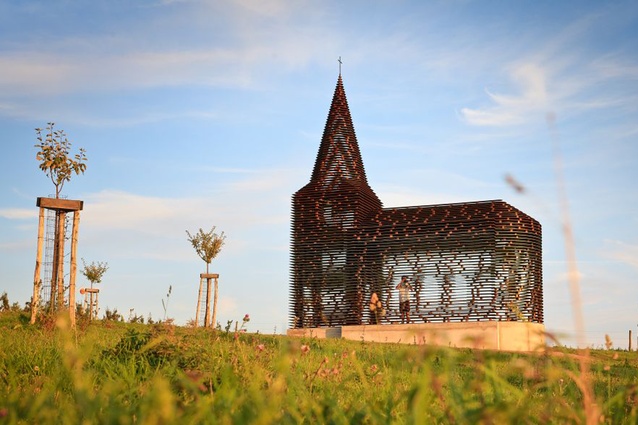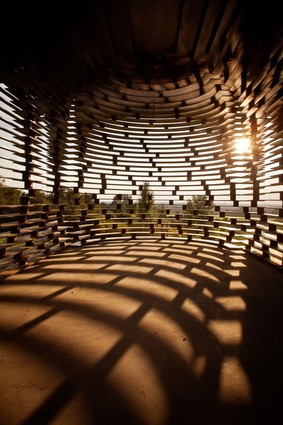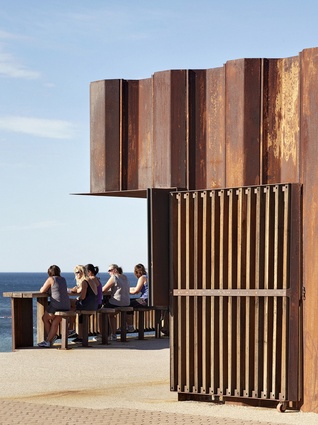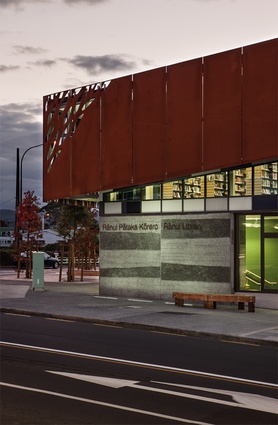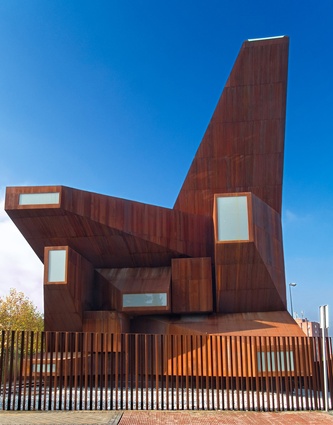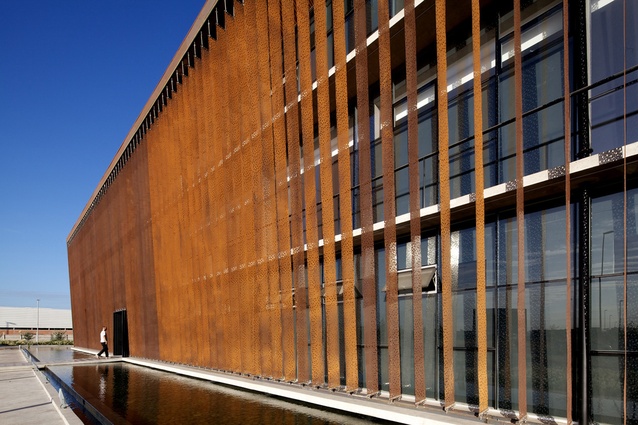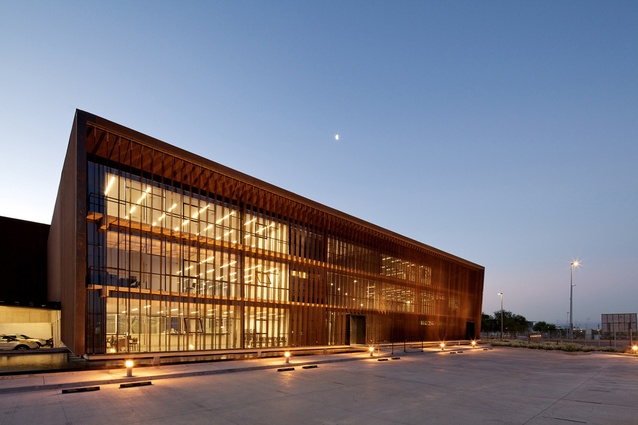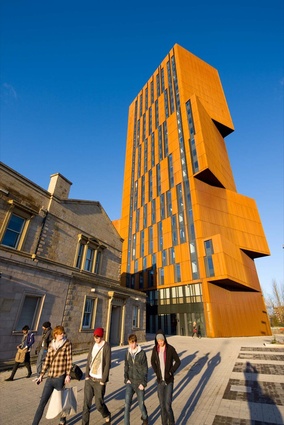Steely resolve
Weathering steel, also commonly known under its trademark name Corten steel, has become something of a darling in the architecture world over the past couple of years. Architects and designers have chosen it as a primary material in a diverse range of projects, from residential homes through to large office buildings and churches.

Corten steel is a group of steel alloys, developed to eliminate the need for painting. The material has a rough, rust-like appearance that appears after being exposed to the elements for several years. The rust that appears after the steel has been exposed to the weather for a time forms a protective coating that slows the rate of, and eventually completely stops, corrosion. Wet weather increases the speed of rusting.
Traditionally weathering steel has been used in projects such as large outdoor sculptures, bridges and marine transportation. The first use of Corten steel for architectural applications was the John Deere World Headquarters in Illinois, United States. The building was designed by architect Eero Saarinen, and completed in 1964.
While it is practical and visually attractive, there are several disadvantages to using the material. If water is allowed to accumulate in pockets, those areas will experience higher corrosion rates, so provision for drainage must be made. Corten steel is also not suitable for use in humid subtropical climates or environments laden with sea salt, and has a tendency to stain surrounding areas.
Despite the downsides to using Corten in architectural construction, architects have embraced weathering steel wholeheartedly. This unique material has the ability to create an antique yet interesting facade that can be patterned or perforated if wished, and saves the time and money associated with ongoing painting and maintenance. Weathering steel is also conveniently high strength and cost effective, making it a popular choice for a range of different building typologies.
See the slideshow above and the images below for 10 masterful weathering steel projects from different parts of the globe.
